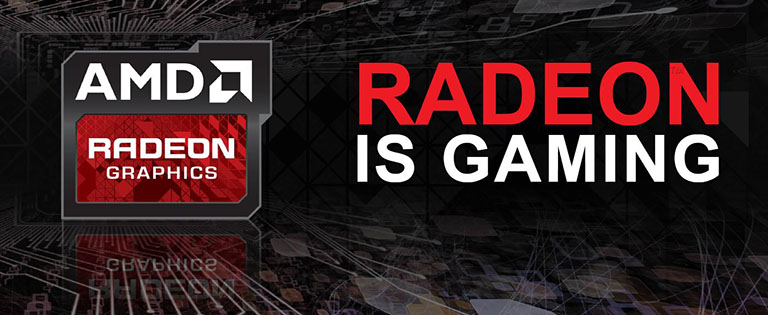Radeon R7 265 examined

AMD has been launching graphics processing units (GPUs) at a frenetic pace since October 2013. Right now, there is a combination of Radeon R7 and R9 GPUs that fill the $89-$199 price points. All cards use the Graphics Core Next (GCN) architecture and are, in one way or another, modifications of existing HD 7000-series parts. Here's how they line up against one another.
Mainstream Product Stack
| GPU | Price (USD) | Launch date | Nvidia equivalent |
|---|---|---|---|
| Radeon R7 250 | 89 | Oct 2013 | GT 630 |
| Radeon R7 250X | 99 | Feb 2014 | GT 640 |
| Radeon R7 260 | 109 | Dec 2013 | GTX 650 |
| Radeon R7 260X | 119 (139) | Oct 2013 | GTX 650 Ti |
| Radeon R7 265 | 149 | Feb 2014 | GTX 650 Ti Boost |
| Radeon R9 270 | 179 | Nov 2013 | GTX 660 |
| Radeon R9 270X | 199 | Oct 2013 | GTX 660 OC |
The launch schedule has been anachronistic insofar as AMD has populated the stack in a higgledy-piggledy manner. Up until today, there's been a significant performance, pricing and product-positioning gap between the best R7 (260X) and entry R9 (270) GPUs.
AMD knows that Nvidia is cooking up a new mainstream GPU and is preempting such a move by introducing another card into the fold. This card is the Radeon R7 265 and it's debuting today at $149, with the Radeon R7 260X dropping to $119. The headline R7 GPU deserves some more technical exposition.
Specification
| GPU | Radeon R7 260X 2GB | Radeon R7 265 2GB | Radeon R9 270X 2GB |
|---|---|---|---|
| Launch date | October 2013 | February 2014 | October 2013 |
| DX API | 11.2 | 11.2 | 11.2 |
| Process (nm) | 28 | 28 | 28 |
| Transistors (million) | 2,080 | 2,800 | 2,800 |
| Approx Die Size (mm²) | 160 | 212 | 212 |
| Processors | 896 | 1,024 | 1,280 |
| Texture Units | 56 | 64 | 80 |
| ROP Units | 16 | 32 | 32 |
| Peak GPU Clock/Boost (MHz) | 1,100 | 925 | 1,050 |
| GFLOPS | 1,971 | 1,894 | 2,688 |
| Memory Clock (MHz) | 6,500 | 5,600 | 5,600 |
| Memory Bus (bits) | 128 | 256 | 256 |
| Max bandwidth (GB/s) | 104 | 179.2 | 179.2 |
| TDP (watts) | 115 | 150 | 180 |
| Power Connectors | 6-pin | 6-pin | 2x 6-pin |
| Current price ($) | 119 | 149 | 199 |
Analysis
We have lined the R7 265 alongside two similar GPUs: R7 260X and R9 270X. The first point to take away is that while the new GPU is called Radeon R7 it is squarely derived from the R9 270(X) series. The R7 265 is simply a core- and shader-disabled version of the R7 270X, now with two fewer compute units - 18 vs. 20 - and a consequent reduction of 256 cores and 16 texture units.
Looking behind the curtain reveals that R7 265's architecture and setup of 1,024 cores, 64 texture units and 32 ROPs is identical to the Pitcairn Pro-powered Radeon HD 7850 released in March 2012. Both also share a 256-bit memory bus to 2GB of onboard GDDR5 memory, but this 'new' R7 265 is quicker because it's clocked in higher on both core and memory.
Cutting through the marketing hyperbole, the R7 265 is essentially a faster-clocked version of a GPU that was released almost two years ago. There are other minor differences, as it's now possible to run three digital displays without having to use dongles - something we saw in the transition from Radeon HD 7970 to R9 280X - via a firmware upgrade at the factory, while peak core speed is realised via a boost clock.
The dearth of brand-new AMD GPU technology in the mainstream space means the R7 265's price is the most prominent factor. AMD's partners are tasked with selling a $250 card from March 2012 (Radeon HD 7850 OC 2GB) at $150 now. Does such a move make sense? Only one way to find out.









